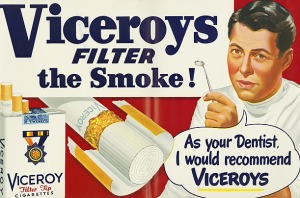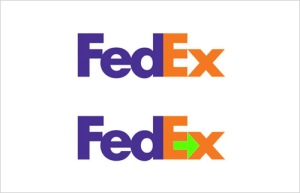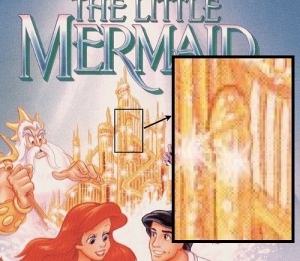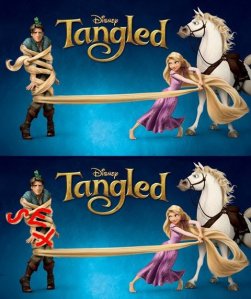This week’s blog assignment presents the statements:
“It is unethical to encourage a boycott of a show because it amounts to censorship or It is not only ethical but also responsible for consumers to organize boycotts of shows and advertisers that offend them”.
When deciding which side to choose, it made sense that it is not only ethical but also responsible for consumers to organize boycotts. If we look at the history of our country, we have fought to give our citizens the right to free speech. This includes the ability for people to stand against things that are extremely offensive or violate human rights. Boycotting is not the same as rioting. It is not intended for violence against others. Many people have undoubtedly gone that direction in their boycott; yet, it is intended to force a change within an organization by not engaging in the product, show or advertisement. Merriam-Webster (2013) defines boycott as this: “To engage in a concerted refusal to have dealings with (as a person, store, or organization) usually to express disapproval or to force acceptance of certain conditions”.
There have been many boycotts around the world for various reasons. The website Ethical Consumer describes boycotts in this way,
For Ethical Consumer, boycotts offer campaign groups and/or individuals the chance to exert economic pressure on companies. They are particularly appropriate when governments are unwilling or unable to introduce reforms. We see them as a vitally important extension of our formal democracy. They can also be especially empowering for consumers through the process of actively rejecting something produced or sold in an unethical way (ethicalconsumer.org).
Boycotts do not need to be a rejection of a product sold, it can also be related to a particular show, as in the case of Basketball Wives. This show was boycotted due to the violence portrayed towards women. A reality show such as this one in which violence is portrayed should be taken off the air. If the producers will not stop the violence and the shows stars, for whatever reason are not able to get away from it, then someone should step in and take the necessary actions to prevent it from continuing. Boycotting a show like this shows others that this behavior is not acceptable in private or public.
We live in a society where everyone yells tolerance. Yet, so many people are boycotting things because they find them offensive. Taking the Pledge of Allegiance out of public schools because it says “One nation under God”, or requesting our money to be changed because it is printed with the same phrase, these are two examples that I believe do not fall under responsible and ethical consumer concern. NBC tried this by omitting the words “Under God” and “Indivisible” in the Pledge on its broadcast of the 2011 U.S. Open. Whether NBC wants to call this censorship or a boycott, they backlash turned to a boycott of the network to fire those responsible for the editing (Hunter, 2011).
Boycotting a show that promotes violence, or an organization that violates human rights is responsible and ethical. But some of the things people boycott because of a personal offense are a little extreme and sometimes unreasonable. Everyone will be offended by something. It is impossible to please everyone. The Pledge of Allegiance is part of our American History and has been accepted since its inclusion. A boycott of this is extreme, as the Pledge of Allegiance does not directly hurt anyone. New York Democrats were caught “boycotting” the Pledge by refusing to stand.
The Pledge of Allegiance and the singing of the Star Spangled Banner, should always be respected no matter what, with proper stance facing the flag and your right hand over your heart.
References
Boycott. 2013. In Merriam-Webster.com. Retrieved from http://www.merriam-webster.com/dictionary/boycott
Ethicalconsumer.org. 2013. About Boycotts. Retrieved from http://www.ethicalconsumer.org/boycotts/aboutboycotts.aspx
Hunter, M. 2011. NBC’s ‘Under God’ Omission Prompts Calls for Boycott, Firing. Retrieved from http://cnsnews.com/news/article/nbc-s-under-god-omission-prompts-calls-boycott-firing
Spencer, D. 2002. New York Democrats refuse to stand for the Pledge of Allegiance. Retrieved from http://www.examiner.com/article/new-york-democrats-refuse-to-stand-for-the-pledge-of-allegiance





















